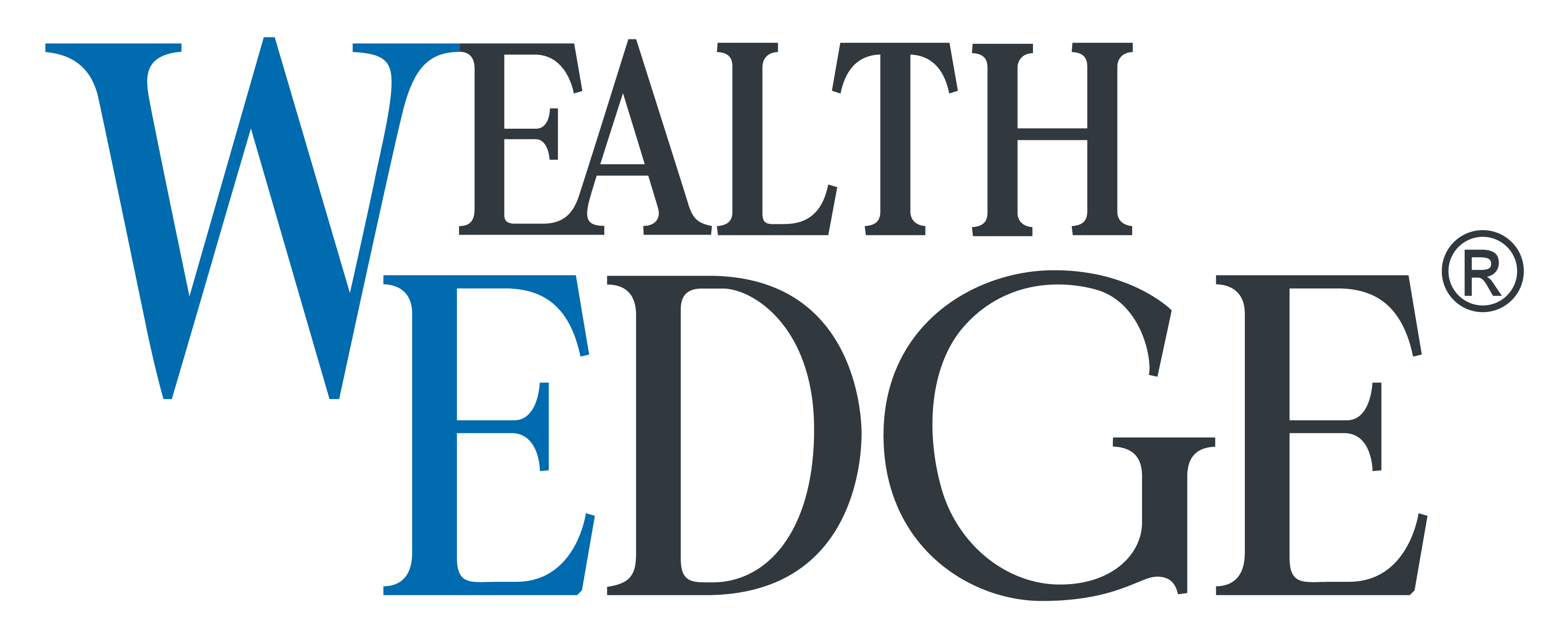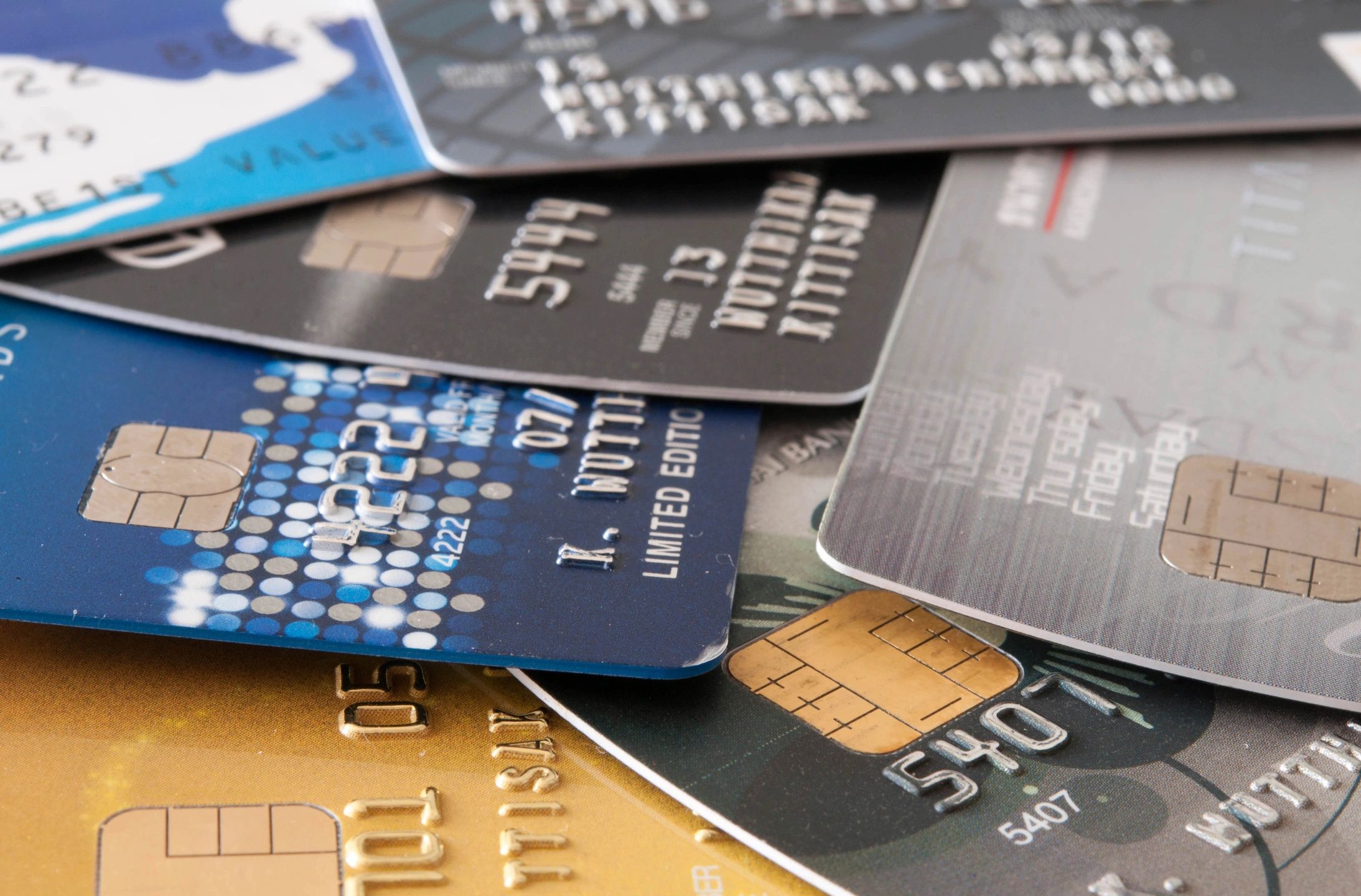Understanding Credit and Debt
Debt is inevitable. No one has the money up-front for all the things that they need. But if you understand the difference between good debt and bad debt, it can help you avoid the pitfalls of poor financial decisions.
Managing Debt:
Even the most financial savvy individual will incur debt at some point in their life. Big-ticket items, such as a house, a car or an education, require some type of borrowing, which means DEBT. But debt, like most things, can be either good or bad.
Good debt is used to acquire something that can generate income. Your home can increase in value. Your education can help you get a high-paying job. Ask yourself, “Will spending money now on this item most likely make me more money in the future?” If the answer is “yes”, then this is a good debt.
Bad debt is the opposite, and unfortunately, what most of us have. Bad debt is used for purchasing consumable items, such as entertainment, clothing, electronics, etc. These items usually depreciate in value and will NOT make us any future income. Bad debt is money used that we can never get back.
You should only incur debt for something that has earning potential (GOOD DEBT), not for an expense (BAD DEBT).
Credit:
Credit is extremely important. Credit allows a person (or a business) to help with their day-to-day existence. Companies use credit in the form of business credit cards, or loans that help them run their business. Without access to these funds, many businesses would fail. Individuals use credit (also in the form of credit cards and loans) to pay for things that they do not immediately have the cash to buy. Credit also helps the lenders as well. Banks and other financial institutions would fail if they could not utilize the money they make on interest payments from credit cards and loans.
Many older generations frowned upon using credit cards. Cash was the key to their budgetary plans. For many people, if you couldn’t afford it, then you didn’t buy it. This is a concept that has been forgotten as more and more people place themselves in debt for unnecessary items.
When used correctly, credit cards can be an easy way to have an interest-free loan for a month. But you must pay each bill in total and on time each month. Essentially, you are only paying for the things that you have the cash for, but allowing yourself a month to pay it off interest-free. THIS IS AN EXCELLENT WAY TO USE CREDIT CARDS AND TO POSITIVELY BUILD YOUR CREDIT HISTORY.
Credit cards typically charge an enormous amount of interest on any unpaid balance (sometimes 26% or more). This interest causes that balance to grow exponentially when you only pay the minimum. In contrast, most car loans or mortgages only have a 4-5% interest rate. What a difference!! Keep this in mind: if you have expendable income, ALWAYS try to pay off any credit cards bills first because they cost you more in the long run.


